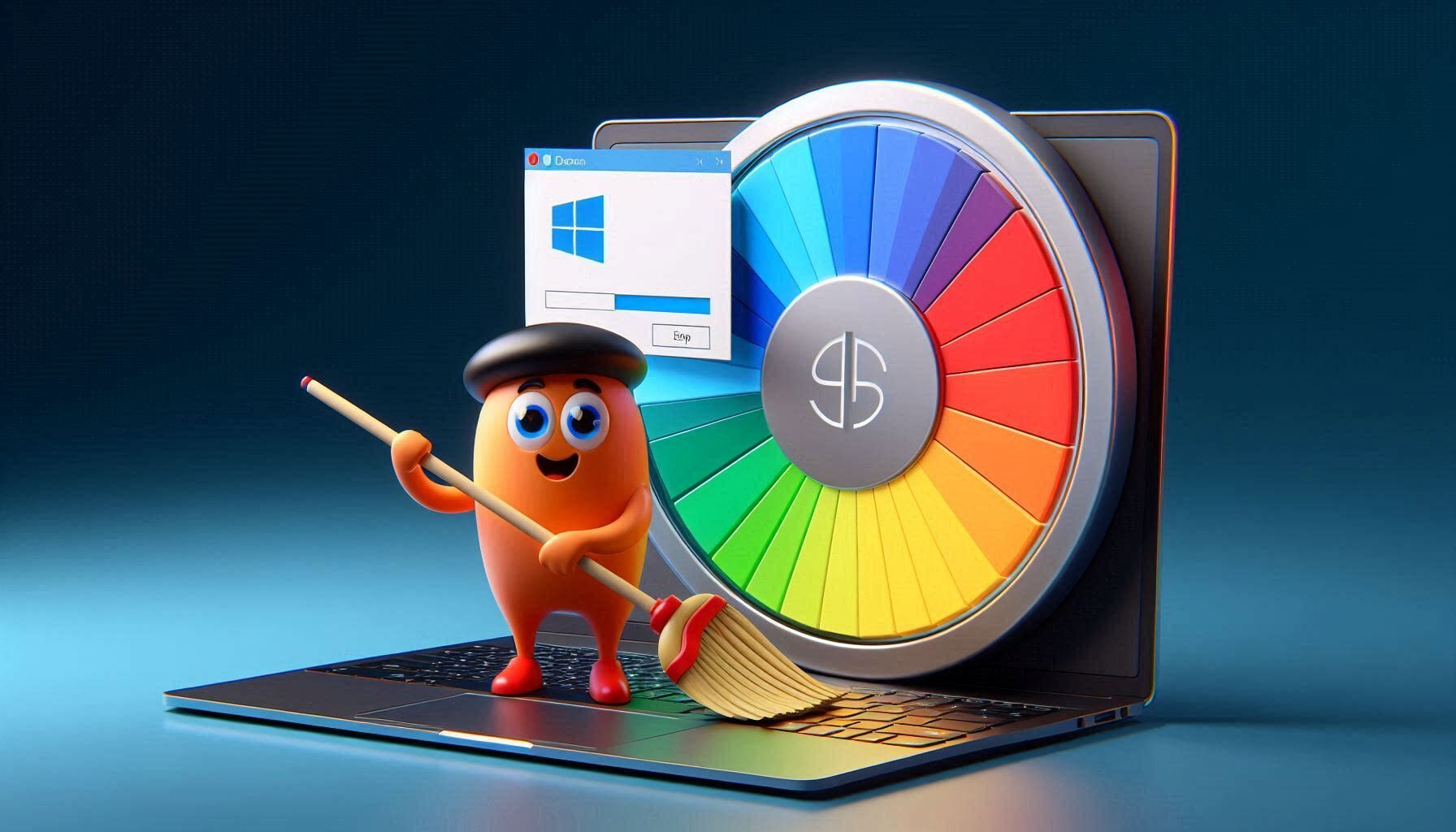The Allure of the Web: Exploring Web Design’s Ever-Changing Tapestry
In the boundless realm of the internet, web design reigns supreme, shaping the user experience and driving the success of countless digital ventures. From sleek e-commerce storefronts to engaging social media platforms, effective web design is an art that empowers businesses to connect with their audiences, showcase their products and services, and leave an unforgettable impression.
Traversing the Sands of Web Design’s History
The genesis of web design can be traced back to the humble origins of the internet in the late 20th century. In 1989, Sir Tim Berners-Lee unveiled the World Wide Web, introducing a revolutionary technology that would transform the way we communicate, learn, and conduct business. Early websites were largely text-based, with limited graphical elements and a focus on functionality over aesthetics.
As the internet matured, so too did web design. In the 1990s, the rise of graphical browsers such as Netscape Navigator and Microsoft Internet Explorer spurred a surge in visually appealing websites, featuring animated graphics, background images, and interactive elements. The early 2000s witnessed the dominance of Flash and other multimedia technologies, creating immersive web experiences that pushed the boundaries of creativity.
Contemporary Currents: Unraveling the Trends of Today
In recent years, web design has undergone a paradigm shift, fueled by advancements in technology and the evolving expectations of users. Here are some of the key trends shaping the industry today:
-
Responsive Design: Embracing the ubiquitous nature of mobile devices, responsive design ensures websites adapt seamlessly to various screen sizes, providing an optimal user experience on smartphones, tablets, and desktops.
-
User Experience (UX) Prioritization: UX has become paramount in web design, placing emphasis on creating websites that are easy to navigate, intuitive to use, and accessible to all.
-
Minimalism and White Space: Clean, uncluttered designs featuring ample white space are gaining popularity, promoting readability, enhancing focus, and creating a sense of sophistication.
-
Custom Illustrations and Typography: Unique and eye-catching illustrations and typography are becoming essential components of web design, adding a touch of personality and brand distinction to websites.
-
Motion Graphics and Animation: Subtle animations and motion graphics bring websites to life, enhancing user engagement, adding visual interest, and guiding visitors through key elements.
-
Artificial Intelligence (AI): AI technologies, such as chatbots and personalized content recommendations, are being integrated into web design to improve user experience and streamline interactions.
Navigating the Challenges and Embracing Solutions
While web design offers immense possibilities, it also poses certain challenges that require effective solutions:
-
Ensuring Accessibility: Creating websites that are accessible to users with disabilities is crucial, promoting inclusivity and compliance with accessibility standards.
-
Balancing Aesthetics and Functionality: Striking a harmonious balance between visual appeal and functionality is essential, ensuring websites are both visually pleasing and easy to use.
-
Staying Ahead of the Curve: The dynamic nature of web design demands constant learning and adaptation to keep pace with evolving trends and technologies.
Real-World Examples: Witnessing Trends in Action
Numerous companies have embraced these trends with remarkable results:
-
Apple: Apple’s website exemplifies responsive design, adapting flawlessly to different screen sizes while maintaining a clean and minimalistic aesthetic.
-
Google: Google’s search engine prioritizes UX, providing an intuitive and user-friendly interface that simplifies the search experience.
-
Airbnb: Airbnb’s website showcases the power of custom illustrations and typography, creating a visually engaging and memorable brand identity.
Best Practices: Guiding Principles for Design Excellence
To create effective web designs, consider these best practices:
-
Conduct thorough research to understand your target audience and their needs.
-
Prioritize UX by ensuring clear navigation, intuitive layouts, and accessible content.
-
Adopt responsive design principles to cater to all users, regardless of device.
-
Use high-quality images and videos to enhance visual appeal and convey your message effectively.
-
Implement clear and concise calls-to-action to guide users towards desired actions.
Gazing into the Future: Envisioning Web Design’s Evolution
As technology continues to advance, web design is poised for further groundbreaking developments:
-
Virtual Reality (VR) and Augmented Reality (AR): These technologies have the potential to transform web experiences, creating immersive and interactive digital worlds.
-
Voice Control and Natural Language Processing (NLP): Voice-activated devices and NLP will revolutionize how users interact with websites, providing a more natural and seamless experience.
-
Personalized Web Experiences: AI-driven personalization will enable websites to tailor content and interactions based on individual user preferences and behaviors.
Summary: Charting the Course of Web Design Trends
Web design has come a long way since its humble beginnings, evolving into a sophisticated and ever-changing discipline that drives innovation and shapes our digital interactions. By embracing emerging trends, overcoming challenges, and adhering to best practices, businesses can create websites that captivate audiences, achieve business objectives, and stand the test of time. As technology continues to break new ground, web design is destined to remain a pivotal force in the digital realm, shaping the future of human-computer interaction and transforming the way we connect, learn, and conduct business online.








